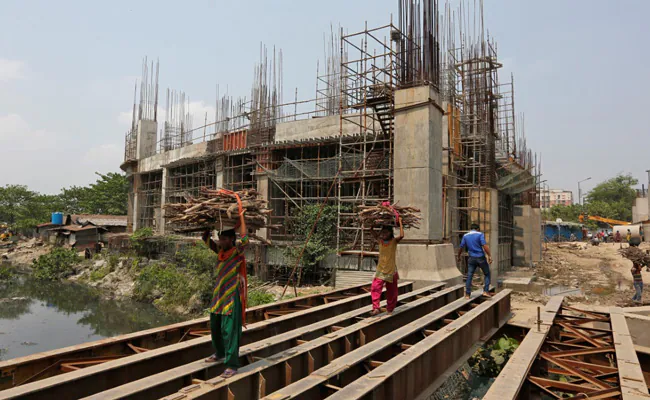Organisation for Economic Cooperation and Development (OECD)

Recovery is likely to be more moderate in emerging market economies of Latin America and Africa
Paris:
The Organisation for Economic Cooperation and Development (OECD) sees global GDP growth at 5.6 per cent this year, an upward revision of more than one percentage point since its projection in December 2020 and 4 per cent in 2022. World output is expected to reach pre-pandemic levels by mid-2021, but the pace and duration of the recovery will depend on the race between vaccines and emerging variants of the virus, according to the OECD’s latest interim economic outlook.
OECD said a global economic recovery is in sight, but a faster and more effective vaccination rollout across the world is critical while respecting necessary health and social distancing measures.
Activity in many sectors has picked up and adapted to pandemic restrictions over recent months. Vaccine deployment although uneven is finally gaining momentum and government fiscal stimulus — particularly in the United States — is likely to provide a major boost to economic activity.
But the pandemic is widening gaps in economic performance between countries and sectors, increasing social inequalities, particularly affecting vulnerable groups, and risking long-term damage to job prospects and living standards for many people.
“Speed is of the essence. There is no room for complacency. Vaccines must be deployed faster and globally. This will require better international co-operation and co-ordination than we have seen up to now,” said OECD Secretary General Angel Gurria.
“It is only by doing so that we can focus our attention on building forward better and laying the foundations for a prosperous and lasting recovery for all,” he said.
In the OECD’s central scenario, US growth is projected to be 6.5 per cent in 2021, an upward revision of more than 3 percentage points since December, partly reflecting the large-scale fiscal stimulus now planned with a sustained pace of vaccination.
This also helps to lift output around the world. In the euro area, where the level of fiscal stimulus is lower and vaccine rollout slower, OECD sees GDP rising 3.9 per cent, a 0.3 percentage point upward revision.
Prospects are brighter in the Asian Pacific region where several countries have effectively contained the virus and where industrial activity has regained dynamism. In China, GDP growth is projected to be 7.8 per cent this year, in Japan 2.7 per cent, in South Korea 3.3 per cent and in Australia 4.5 per cent.
The recovery is likely to be more moderate in the emerging market economies of Latin America and Africa amid a resurgence of the virus, slow vaccine deployment and limited scope for additional policy support.
The improved prospects of a global recovery have led to financial market expectations of higher inflation although the OECD’s outlook said underlying price pressures generally remain mild in advanced economies.
In emerging market economies, inflation could rise further. Public debt levels have risen sharply almost everywhere but debt-servicing costs in most OECD economies continue to benefit from very low interest rates protecting fiscal sustainability.
The report said the vital support provided by governments to preserve jobs and businesses should remain in place while economies are still fragile and hampered by containment measures.
Particular attention needs to be paid to supporting young people and the less skilled to avoid a repeat of the long-term damage caused to the job prospects of these vulnerable groups after the financial crisis of 2008.
Source link


